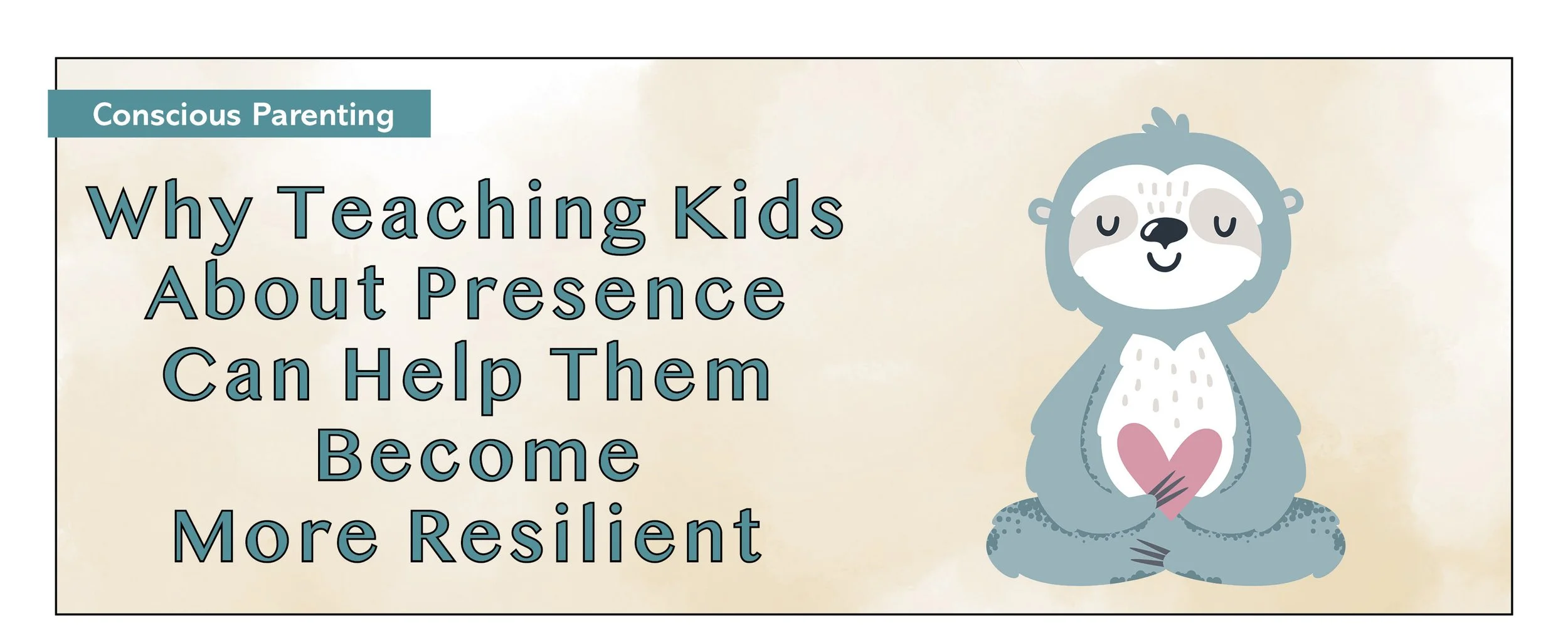By Nishi Singhal
The more present we become, the more we increase our capacity for joy. Learning to be present is challenging, irrespective of age. However, integrating mindfulness practices provides youth the tools to better process their feelings.
As kids learn how to function in this world, the best gift we can give them is the space to be, especially when they are feeling anger, grief, or rejection. When we can be completely present with our feelings, it helps children see that there isn’t anything wrong with emotions. When we don’t react personally to their emotion, they will slowly learn that they can remain aware of the emotion on a feeling level. Asking them questions like, “Where is the feeling?” and “What does it feel like?” will help prevent the child’s mind from understanding the emotion or turn it into anxious thinking. The practice of presence in moments of heavy emotions will help kids understand that they are not their thoughts and feelings. Thoughts and feelings, like clouds, are simply passing through us.
The intellectual understanding that we are not our minds and thoughts are transient only emerges in adolescence and adulthood, yet the real-time practices of breathing, allowing heavy emotions to be felt (as opposed to something to hide), movement, and meditation should be integrated at a young age. By doing so, kids will not only know how to cope with hard times but how to better enjoy all moments in life.
Emotional resilience is developed over time as kids inevitably experience changes in their external environment. Moving, changes in the family structure, health problems, competition at school and after-school activities all have a role to play in building a strong internal foundation. Presence is the practice that will carry them through good and hard times.
Here are some great daily presence practices:
Be a lion! Take a deep breath in through your nose, open your mouth, and roar the air out.
Place one hand on your heart and the other hand on your belly, close your eyes, and stare into the blackness.
Pick a color! Look around and find everything you can that is that color.
Pet your dog or cuddle a favorite stuffed animal!
Steps for acting from a place of presence:
Close your eyes.
Take some deep breaths.
Let thoughts and mental pictures pass by.
Allow yourself to relax.
Ask your heart, “What do you want to do right now?
Wait and listen for a response.
Use your mind to take action.
Steps for feeling heavy emotions:
Close your eyes.
Breathe in and breathe out.
Bring your attention to your body.
Where is the stormy cloud? In your belly? Throat? Head? Legs?
Place a pillow or stuffed animal on the spot where you feel the heavy cloud.
What does the stormy cloud feel like? Mad? Sad? Hurt?
Focus your awareness on the pillow or stuffed animal and keep breathing.
Keep going until the stormy cloud has floated away!
Practices after heavy emotions:
What did the stormy cloud feel like?
What happened when it went away?
Do you think it might come back?
Draw a picture of the stormy cloud.
Mindfulness is a lifelong skill and an invaluable resource to cultivate lifelong happiness. As parents, we focus on intellectual and physical growth. Let’s also encourage the mental skills to succeed and smile through life.
Nishi Singhal is the director of the Lively Community Foundation working to improve the mental and emotional well-being of communities. She enjoys writing the Heart & Mind books to spread the message of mindfulness to kids. She can be found at joyparade.co.




















































































































































































The westbound traffic on Interstate 94 is at a crawl this morning and I couldn’t be happier. It’s a Wednesday and brilliant sunshine glints in my rear view mirror.